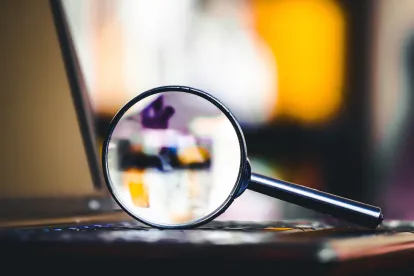Discovery protocols governing the production of electronically stored information (“ESI”) in litigation (“ESI Protocols”) can be invaluable. Rather than execute a formulaic ESI Protocol, counsel should familiarize themselves with their clients’ ESI practices, anticipate issues that may arise during discovery, and agree, in their protocol, on how to address those issues. By charting a course that anticipates both the issues and the solution, fewer disputes and early resolution can be achieved. While there is no secret to success when drafting an ESI Protocol, the five suggestions below are worth considering before you next draft or negotiate an ESI Protocol.
-
No Need to Reinvent the Wheel. Many Judges’ webpages and Individual Rules host guidance materials relevant to issues involving ESI. For example, a meet and confer checklist or a form stipulation may be available for your consideration. Rather than reinvent the wheel, consult these materials, which unequivocally provide counsel with an understanding of the Judge’s preferred forms and content. Moreover, consulting other ESI Protocols (from your firm or from public docket searches) to see what others have done can help inform how best to address eDiscovery issues.
-
Protocols Are Not One Size Fits All. It is critical to understand the specifics of your matter as well as the specifics of the client’s ESI sources and the platforms on which the information resides before drafting a protocol. For example, a case involving personal data of foreign subjects should consider including provisions that accommodate operative data privacy and protection laws. Also, when considering how to collect, process, and produce ESI, a corporate client that uses collaborative data sources where, for example, attachments are hyperlinked from a shared network rather than traditional attachments, requires different considerations than an individual client whose date may reside entirely on a cloud based email domain.
-
Privilege & Confidentiality Matter. Although we often approach ESI Protocols as focused on technical ESI issues (e.g., the format of how data will be produced), they can be used to address broader issues involving discovery. For instance, one protocol (rather than serial stipulations) could address topics like how parties can claw back inadvertently produced privileged documents without waiving claims of privilege or confidentiality; the expected content of privilege logs; and the protocols for marking and distributing confidential documents.
-
So Ordered Protocol. Having the ESI Protocol entered as a court order may be beneficial especially with a difficult adversary since violating a court order has more direct negative consequences than violating an agreement among parties. In fact, Federal Rule of Evidence 502(d) provides for broader protections against the waiver of privileges when protocols that include clawback provisions are court ordered.
-
When in Rome…Find a Translator. Attorneys are obligated to be technologically competent. That does not mean we have to be self-sufficient in the area of ESI. And so, when confronted with the task of developing an ESI protocol it is invaluable to consult with an e-discovery specialist or practitioner. There is a fluency that comes with working in the space and distinctions (“process” vs. “promote”) that can be costly to your client if you don’t understand what is being asked.



 />i
/>i

